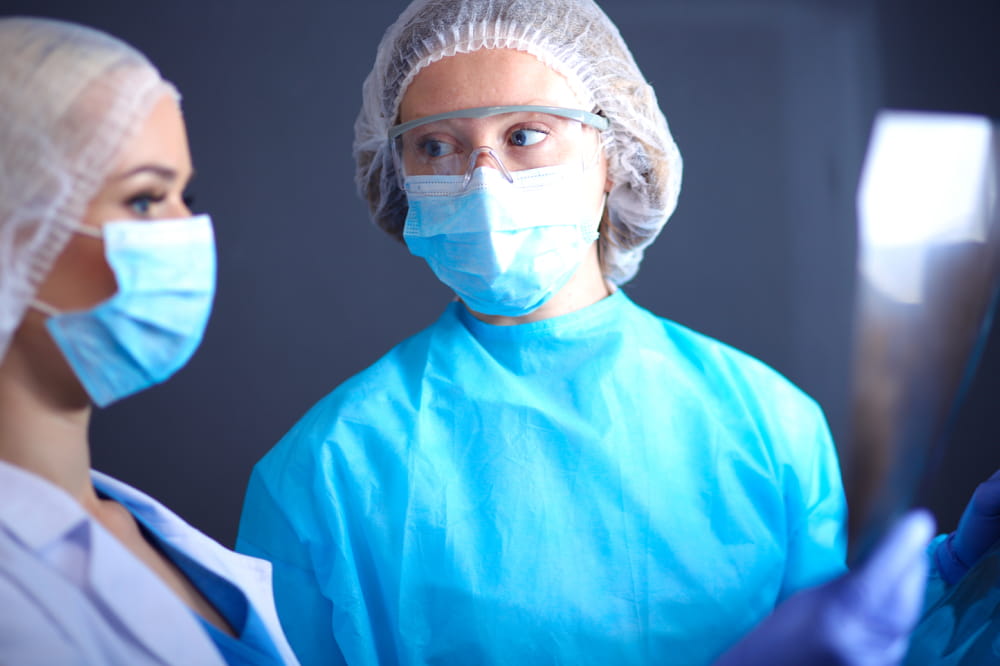
Second-degree burns – Warning signs and remedies
Burns are most often caused by exposure to heat, chemical agents, or light sources. A second-degree burn affects the epidermis – the outer layer of the skin, and the dermis, the layer beneath. It is also called partial thickness burn. The condition can be minor or severe and life-threatening. Second-degree burns are the most common type of burn; however, these are preventable with simple precautions. Here you will learn how to handle second-degree burns.
Symptoms
The symptoms of second-degree burns include-
- Blisters- Second-degree burns cause damage beyond the top layer of the skin leading to blistering. Blisters may be excruciating, and some of them may seep fluid, giving a wet and shiny appearance.
- Redness – Second-degree burns can make the affected area and adjacent skin red.
- Pain – The skin around the burned area may become painful to touch.
- Skin discoloration – The burned skin and the area beyond are discolored. Deep second-degree burns may even form a scar.
- Swelling – There might also be swelling in the burned area.
Treatment
Most second-degree burns can be treated at home. Follow the below steps to care for minor conditions.
Cleaning the burned area
The primary step in treating a second-degree burn at home is to wash the burn area using cool water immediately. Rinsing and soaking the burned area will help reduce pain and swelling. Do not apply ice, as it may further trigger pain and damage.
Remove jewelry or any other restrictive clothing
Before the burned area starts swelling, quickly but gently remove any jewelry or tight clothing from the area.
Do not break blisters
Burns can cause blisters. Care should be taken not to break any of them, to prevent infection. If a blister breaks, simply wash the area with water.
Cover the burn
After the area is cleaned, covering it with gauze or a loose dressing will help prevent infection. Do not apply any lotions or creams, as they can irritate the skin. A thin layer of petroleum-based ointment can be applied twice or thrice daily before covering the burn.
Change the dressing
Depending on the severity of the burn, the dressing should be changed one or two times a day.
Keep the area elevated
The burned area should be elevated for the first 24 to 48 hours to lessen pain and swelling. Do not restrict movement and instead move the burned arm or leg normally.
One should seek immediate attention from a health expert if-
- The burn is in a widespread area
- The burn involves a critical body area, such as the face, hands, feet, or genitals.
- There is redness or pain that lasts for more than a few hours, or the pain is severe.
- The blister caused by the burn is larger than two inches or is seeping fluid.
Healing time
The healing time may vary depending on the size and location of the burn. Most second-degree burns get cured within two or three weeks though some may take longer. The skin color may become darker or lighter in color and flake or peel before it fully heals.
Early diagnosis, treatment, and care for small accidental burns can help prevent scarring, infections, and other complications. However, immediately consult a healthcare professional if the burn covers a large area.




